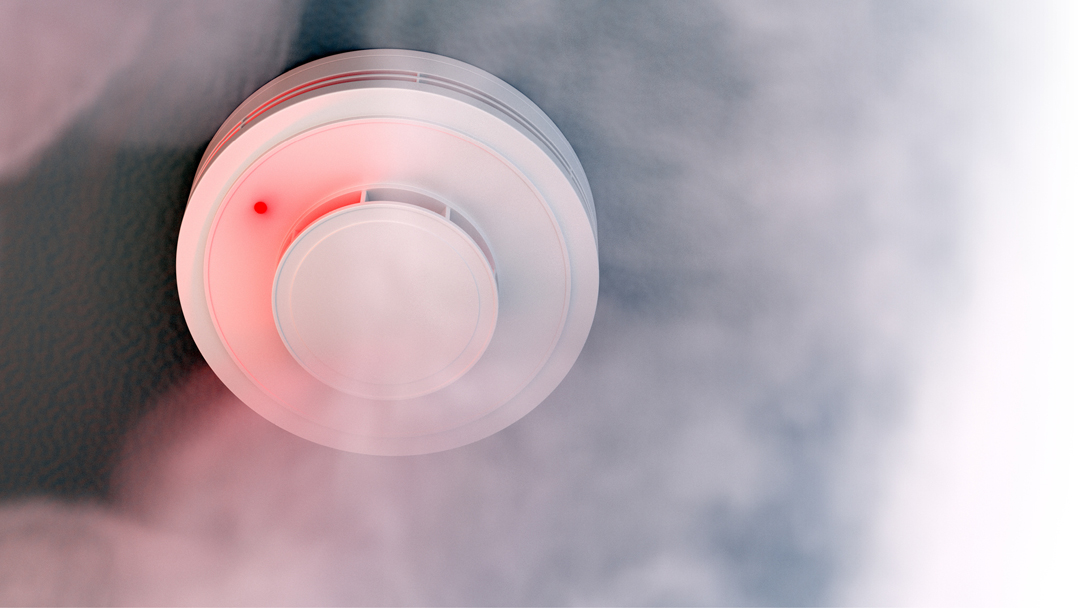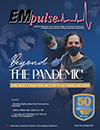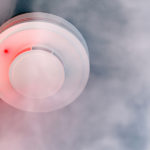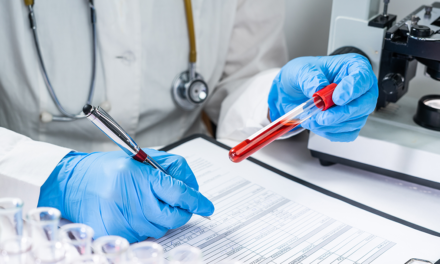Detecting the Undetectable: Putting a Lid on Carbon Monoxide
The cold months are upon us, and that means so are the risks of being exposed to an invisible danger known as carbon monoxide (CO). CO is an odorless, colorless, tasteless gas that is created during the incomplete combustion of any carbon-containing compound. These properties make it incredibly difficult to detect, leading to a large number of exposures and fatalities over the years. One study conducted in 2007 suggested that there were more than 230,000 visits to the ED related to CO exposure in that year alone. [1] In addition, approximately 393 unintentional deaths due to carbon monoxide exposure were reported in the U.S. in 2015. [2] More locally, 407 human exposures to CO were reported to the Florida Poison Information Center Network during this last fiscal year (July 2019-June 2020).
There are numerous sources of CO with the most common being motor vehicles, fires, and the combustion of fuels for heating and cooking. In fact, more than one-third of the CO-related deaths occur during the winter months in the U.S. due to the burning of charcoal, wood, or natural gas for heat. [3] Gasoline-powered generators are also a potential source of exposure when used during natural disasters such as blizzards and hurricanes. Many of these scenarios put people in close proximity to the source, increasing their risk for CO inhalation.
Once inhaled, CO quickly enters the systemic circulation and interferes with the red blood cell’s ability to deliver oxygen by binding to hemoglobin. CO competitively blocks oxygen from binding, preventing it from being carried to tissues for cellular respiration. In addition, CO decreases the offloading of the oxygen bound to hemoglobin making it even harder to bring oxygen to where it is needed. [3] Ultimately this interference with oxygen transport leads to hypoxia. However, CO toxicity is not just limited to hypoxia. CO also interferes with cellular respiration by binding to the mitochondrial cytochrome oxidase, an important enzyme used in the electron transport chain. CO activates guanylate cyclase, [4] which relaxes vascular smooth muscles resulting in vasodilation and potentially syncopal episodes.
The earliest symptoms associated with CO poisonings are often nonspecific and may be confused with other illnesses, such as influenza (especially in the winter). [5] The central nervous system (CNS) and the heart are the most sensitive to the effects of CO. CNS manifestations can include headache, dizziness, syncope, ataxia and coma. Cardiovascular effects may include tachycardia, dysrhythmias and chest pain. Patients commonly present with headaches, dizziness and nausea. These headaches are usually described as dull, frontal and continuous. [3] Classic but uncommon phenomena include cherry-red skin coloration and cutaneous bullae. Patients exposed to CO are at risk of developing neurocognitive sequelae, which can take days to manifest, and most cases are associated with a loss of consciousness acutely after toxicity. [3]
When assessing a patient with a possible exposure, the ABC’s (airway, breathing, circulation) are of utmost importance. The patient should be placed on a cardiac monitor and be administered 100% oxygen as soon as possible via a nonrebreather face mask (NRFM), high flow nasal canula (HFNC), [6] or endotracheal tube to enhance the dissociation of CO from the blood and tissue. A blood gas, with co-oximetry, should be obtained to assess the carboxyhemoglobin (COHb) level. The half-life of carboxyhemoglobin is reduced from a mean of 5 hours when breathing room air, to ~1 hour when breathing 100% oxygen. [7] The end-point of treatment is unclear, but oxygen should be given until the resolution of symptoms, usually accompanied by a COHb level less than 5%.3 One consideration is that patients who are smokers may have a baseline carboxyhemoglobin level of 5-10%.
Hyperbaric oxygen (HBO) is another treatment option for significant carbon monoxide exposures. The use of HBO for CO is controversial and the availability is limited. HBO works by causing COHb dissociation to occur at a rate greater than breathing 100% oxygen at sea level, accelerating the restoration of mitochondrial oxidative processes. It also increases the amount of dissolved oxygen in the blood by 10-fold and reduces the half-life of COHb to approximately 20 mins at 2.5 atmospheric pressure. [8] Patients with syncope, coma, seizures, altered mental status, abnormal cerebellar function, pregnancy with a COHb greater than 15% and fetal distress have the highest potential to benefit from hyperbaric oxygen treatment. [3]
Despite CO being difficult to detect due to its lack of odor, there are several ways to prevent and minimize exposure to CO. Find prevention strategies at: floridapoisoncontrol.org/poisoning-in-florida/carbon-monoxide. ■
References
- Iqbal S, Law H-Z, Clower JH, Yip FY, Elixhauser A. Hospital burden of unintentional carbon monoxide poisoning in the United States, 2007. Am J Emerg Med. 2012;30(5):657-664.
- Quickstats: number of deaths resulting from unintentional carbon monoxide poisoning,* by month and year – national vital statistics system, united states, 2010-2015. MMWR Morb Mortal Wkly Rep. 2017;66(8):234.
- Nelson, L. S., Goldfrank, L. R., Howland, M. A., & Lewin, N. (2019). Carbon Monoxide. In Goldfrank’s Toxicologic Emergencies (11e ed., pp. 1663–1675). McGraw-Hill Education.
- Jackson EB Jr, Mukhopadhyay S, Tulis DA. Pharmacologic modulators of soluble guanylate cyclase/cyclic guanosine monophosphate in the vascular system – from bench top to bedside. Curr Vasc Pharmacol. 2007;5(1):1-14.
- Dolan MC, Haltom TL, Barrows GH, Short CS, Ferriell KM. Carboxyhemoglobin levels in patients with flu-like symptoms. Ann Emerg Med. 1987;16(7):782-786. doi:10.1016/s0196-0644(87)80575-9
- Onder Yesiloglu, Muge Gulen, Salim Satar, Akkan Avci, Selen Acehan & Haldun Akoglu (2020) Treatment of carbon monoxide poisoning: high-flow nasal cannula versus non-rebreather face mask, Clinical Toxicology, DOI: 10.1080/15563650.2020.1817477
- Peterson JE, Stewart RD. Absorption and elimination of carbon monoxide by inactive young men. Arch Environ Health. 1970;21(2):165-171. doi:10.1080/00039896.1970.10667215
- Weaver LK, Howe S, Hopkins R, Chan KJ. Carboxyhemoglobin half-life in carbon monoxide-poisoned patients treated with 100% oxygen at atmospheric pressure. Chest. 2000;117(3):801-808. doi:10.1378/chest.117.3.801
This article is part of the following sections:












